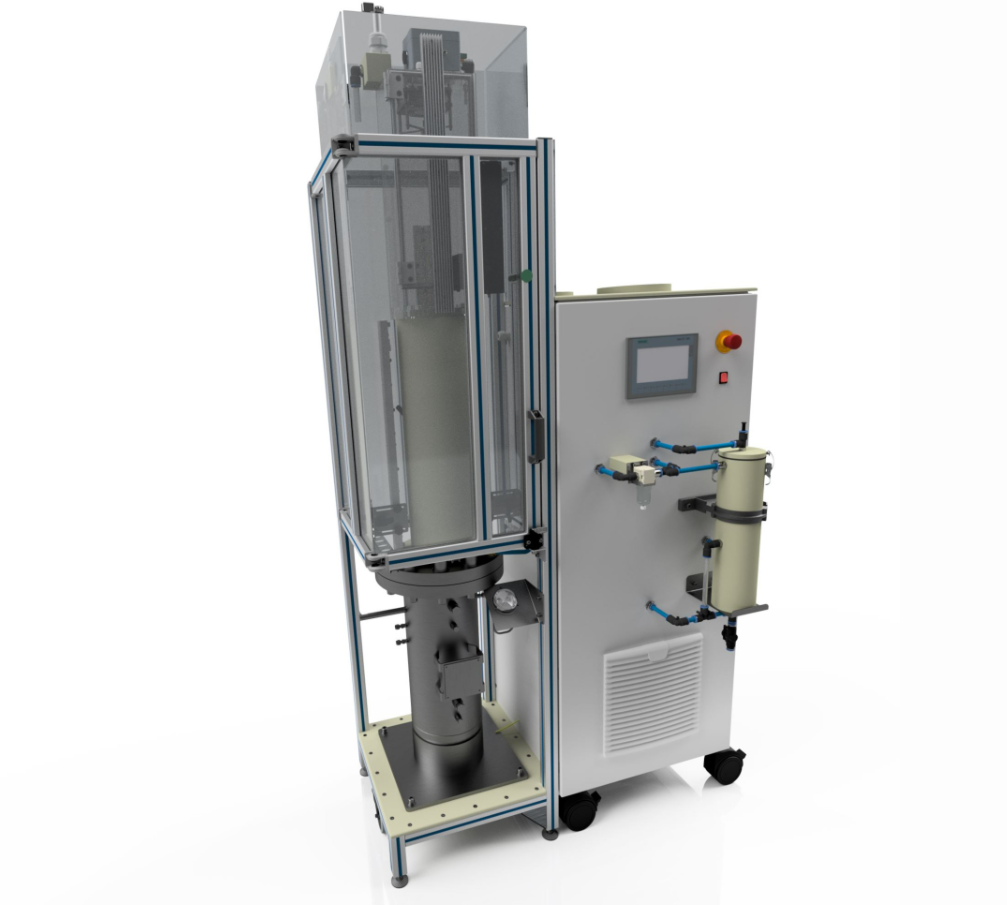Canada’s Instrumentation Leader Since 1946.


Non-destructive measurement of water potential in plants is challenging with current methods. The Plant-Pressure-Ecotron (PPE) allows accurate measurement of water potential and transpiration rates of intact plants in the laboratory. Experimental plants can be exposed to different evapotranspiration requirements, e.g. by influencing light intensity or humidity and soil drying.
Non-destructive measurement of water potential in plants is challenging with current methods. The Plant-Pressure-Ecotron (PPE) allows accurate measurement of water potential and transpiration rates of intact plants in the laboratory. Experimental plants can be exposed to different evapotranspiration requirements, e.g. by influencing light intensity or humidity and soil drying. By measuring the hydraulic conductivity of the soil-plant system and its components, the PPE is an optimal device for studying the tolerance of plants to drought. More information on plant water balance can be found here.
The PPE consists mainly of three parts; the pressure vessel, the transparent plant chamber (cuvette) in the atmosphere unit and the control unit.
The experimental plant is planted in the pressure vessel, which contains the substrate and plant roots. The transparent cuvette is fixed on the pressure vessel. It contains the above-ground part of the plant with stem and leaves. A leaf is cut and the pressure in the pressure vessel is increased until xylem sap emerges through the leaf cut. A sensor attached to this cut by means of a capillary registers the xylem sap leakage and transmits a signal to the control unit. The control unit regulates the vessel pressure until it reaches equilibrium pressure. The PPE measures the difference between atmospheric pressure before pressure buildup and equilibrium pressure after pressure buildup as plant water potential.
In addition, the PPE determines transpiration rates by the difference in humidity between the incoming and outgoing air in the cuvette, which is circulated by a fan. The strength of photosynthetically active radiation to illuminate the plant can be regulated and measured using a PAR sensor. In addition, the PPE allows automatic measurement of temperature differences and respiration rate.
Copyright - 2025 - Hoskin Scientific